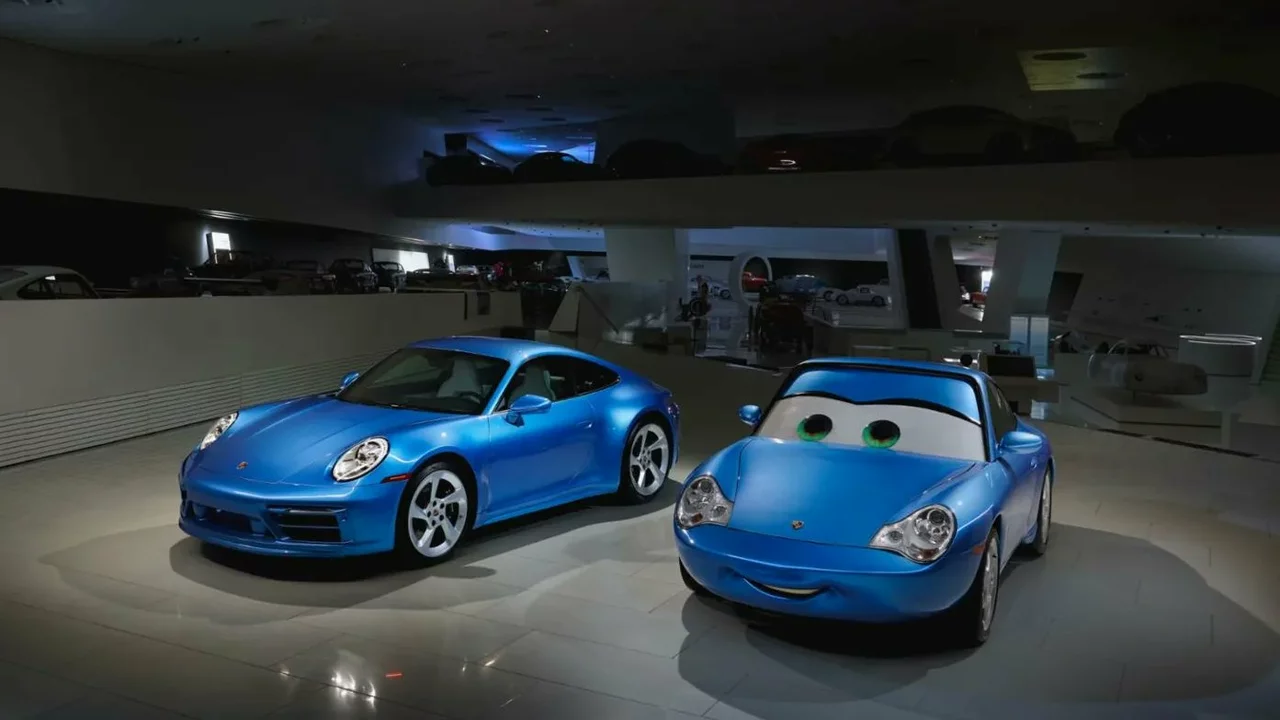Film Analysis – How Pixar’s Cars Build Structures
Ever wonder how the Cars characters can lift steel beams or weld metal when they don’t have hands? Pixar figured out a clever way to let wheels, mirrors and exhausts do the heavy lifting. In this article we break down the tricks they use, point out the scenes that matter, and show why the idea works so well on screen.
The Challenge of Hand‑less Construction
First up, the biggest problem: cars can’t grab tools the way a human can. Pixar solves this by turning each part of a vehicle into a functional tool. Tires act like arms, bumpers become hammers, and even the rear‑view mirror can serve as a crane’s hook. The result is a world where every vehicle has a built‑in set of implements that match its real‑world purpose.
Real‑World Tools Reimagined
Take the big orange forklift in the construction yard. In the real world a forklift lifts pallets with forks; in the movie those forks become the vehicle’s own front end, pulling whole sections of wall into place. The crane‑like tow trucks swing their hitches like a real crane’s hook, moving girders with the same precision you’d expect from a construction site. By matching the vehicle type to a real tool, Pixar keeps the logic clear and the action believable.
Next, look at the pneumatic drills and welding torches. The characters power these with their engines, turning revs into the force that drives a drill bit or heats a weld. A small compact car might roll into a tight spot, spin its wheels to generate the air pressure needed for a pneumatic nail gun, and then bounce away. It’s a neat visual shortcut that says, “We’ve got the power to do the job,” without needing a human hand.
Welding is another standout. In one scene a sleek sports car backs up to a broken frame, extends a spark‑making nozzle from its rear, and fuses metal together. The spark travels along the car’s exhaust pipe, making the whole process look like a natural extension of the vehicle’s own systems. It keeps the audience immersed because the car isn’t pulling out a foreign gadget – it’s using what it already has.
All these tricks serve the story. By letting the cars build their own world, Pixar avoids breaking the illusion with a sudden human crew. The audience stays in the world of talking vehicles, and the construction scenes become a showcase of each character’s personality. The bulky dump truck is strong and reliable, the agile sports car is quick and precise, and the careful crane‑truck is deliberate and steady.
From a film‑making perspective, the design also saves animation time. The same rigs that animate driving can be reused for building actions, just with a different set of constraints. That efficiency lets the animators focus on facial expressions and comedic timing, which are the real stars of the movie.
So next time you watch a scene where a car lifts a bridge or welds a chassis, think about the simple logic behind it: every part of the vehicle becomes a tool, the engine supplies power, and the story stays inside the world of anthropomorphic cars. It’s a smart blend of engineering and imagination that makes the whole universe feel lived‑in and functional.
